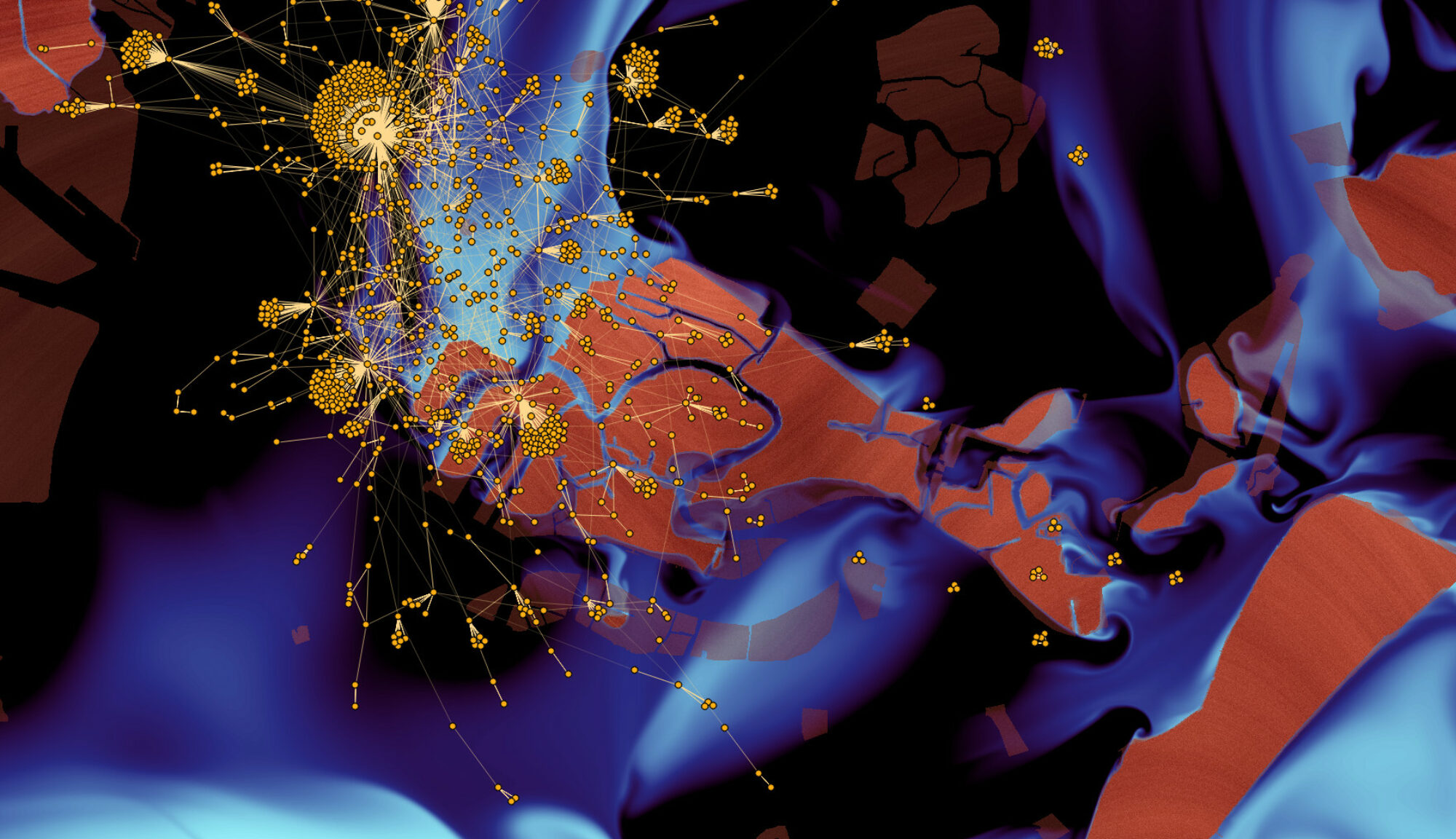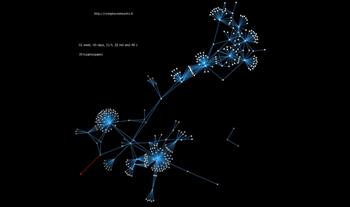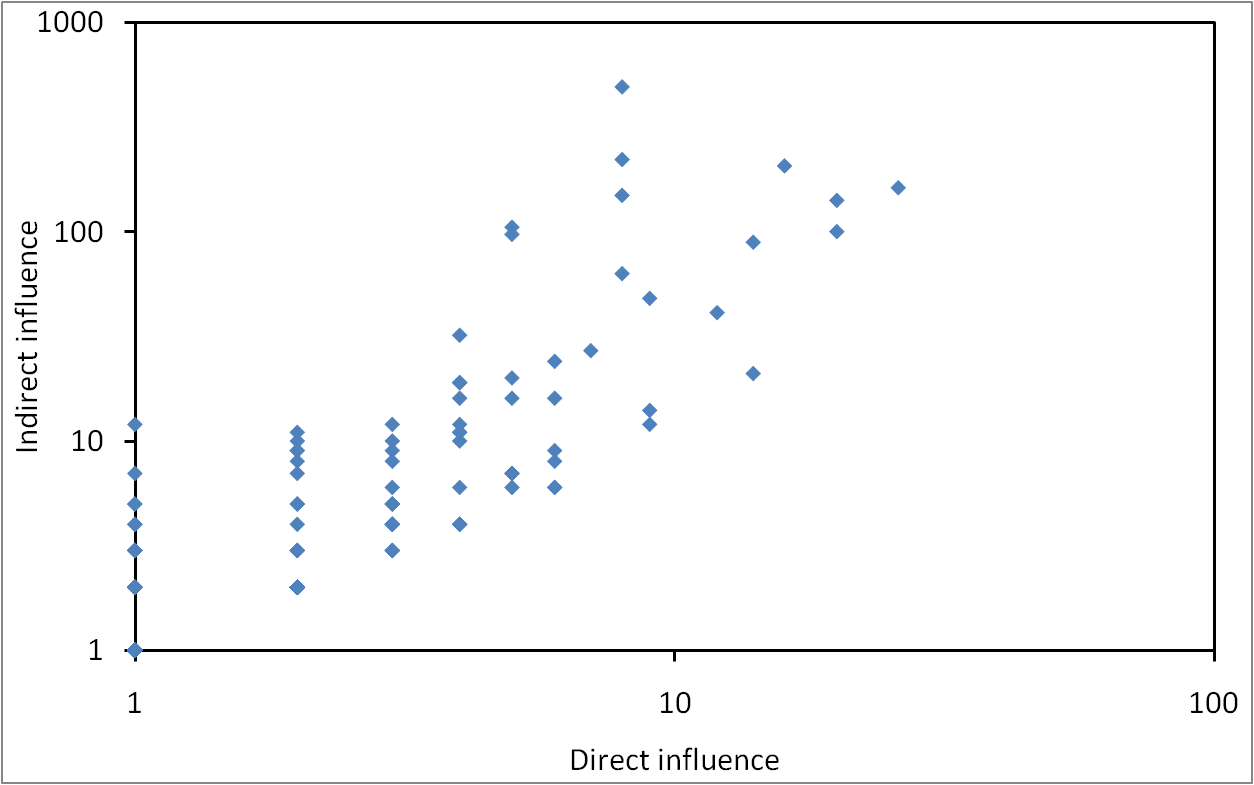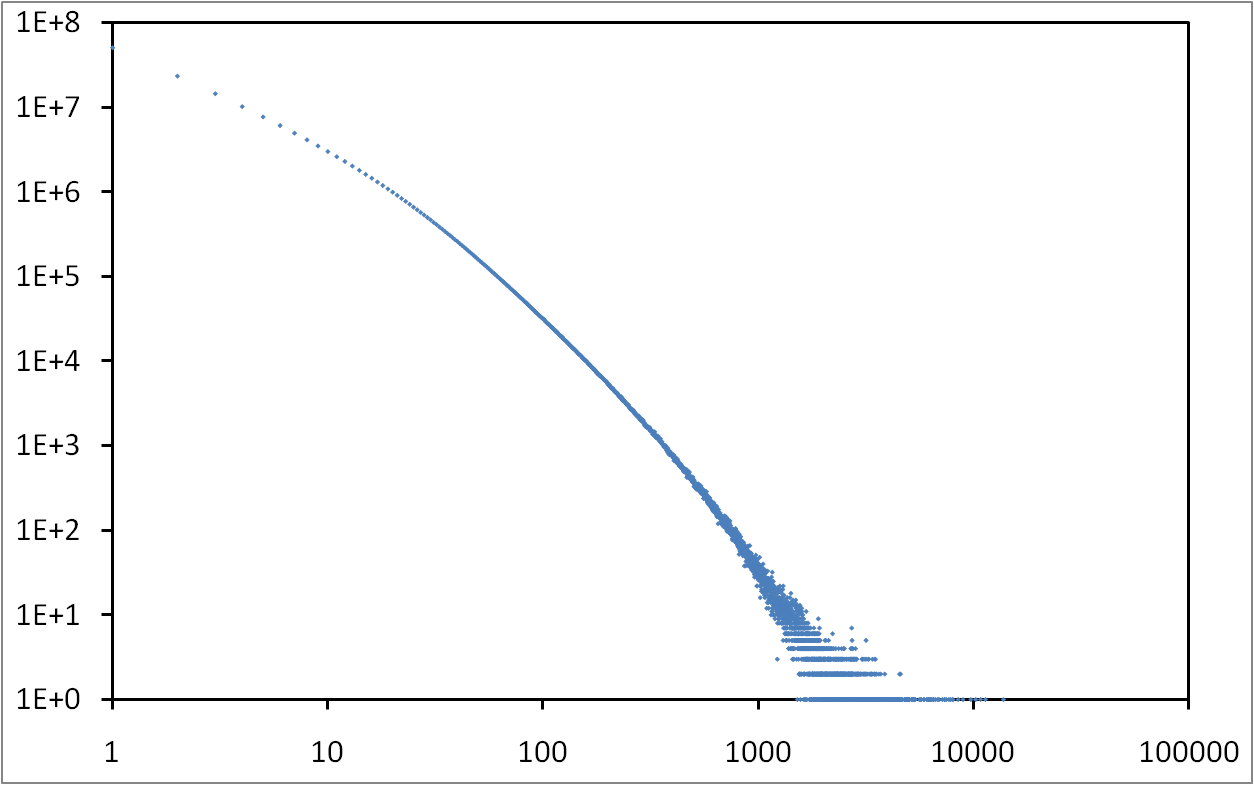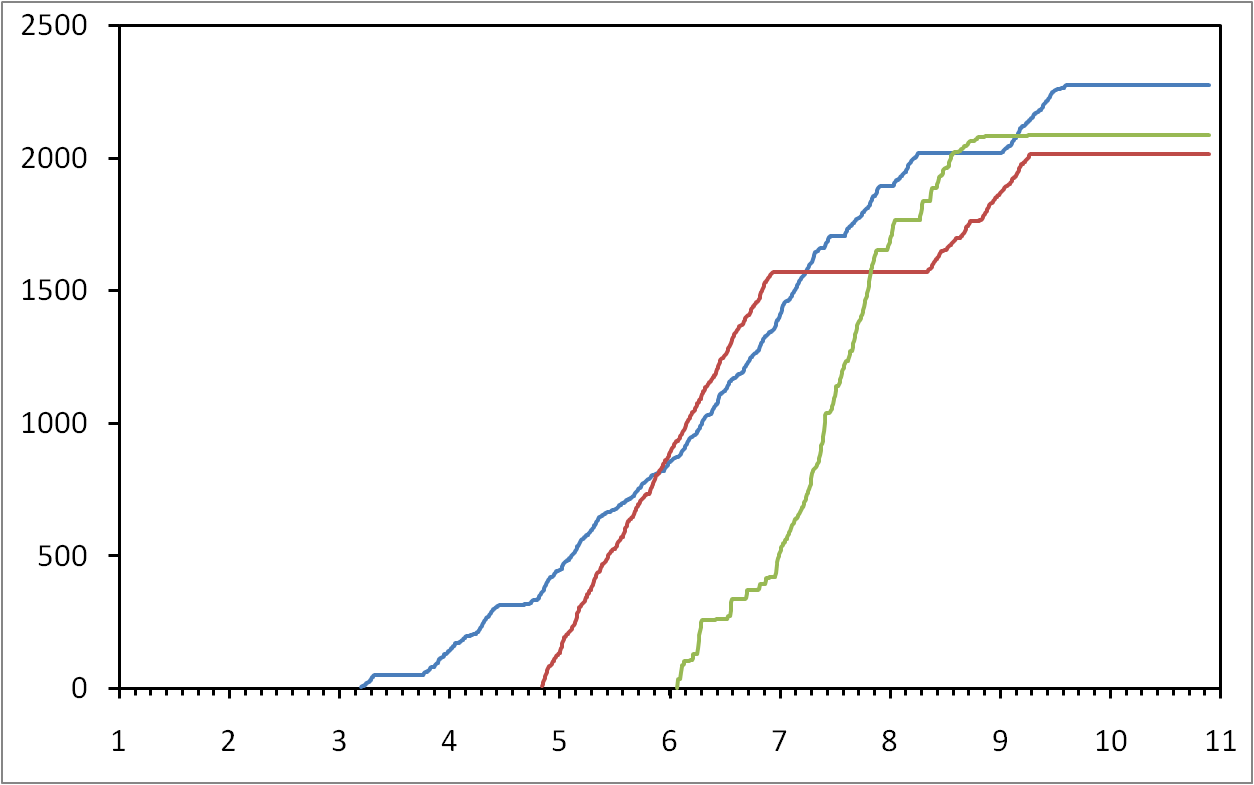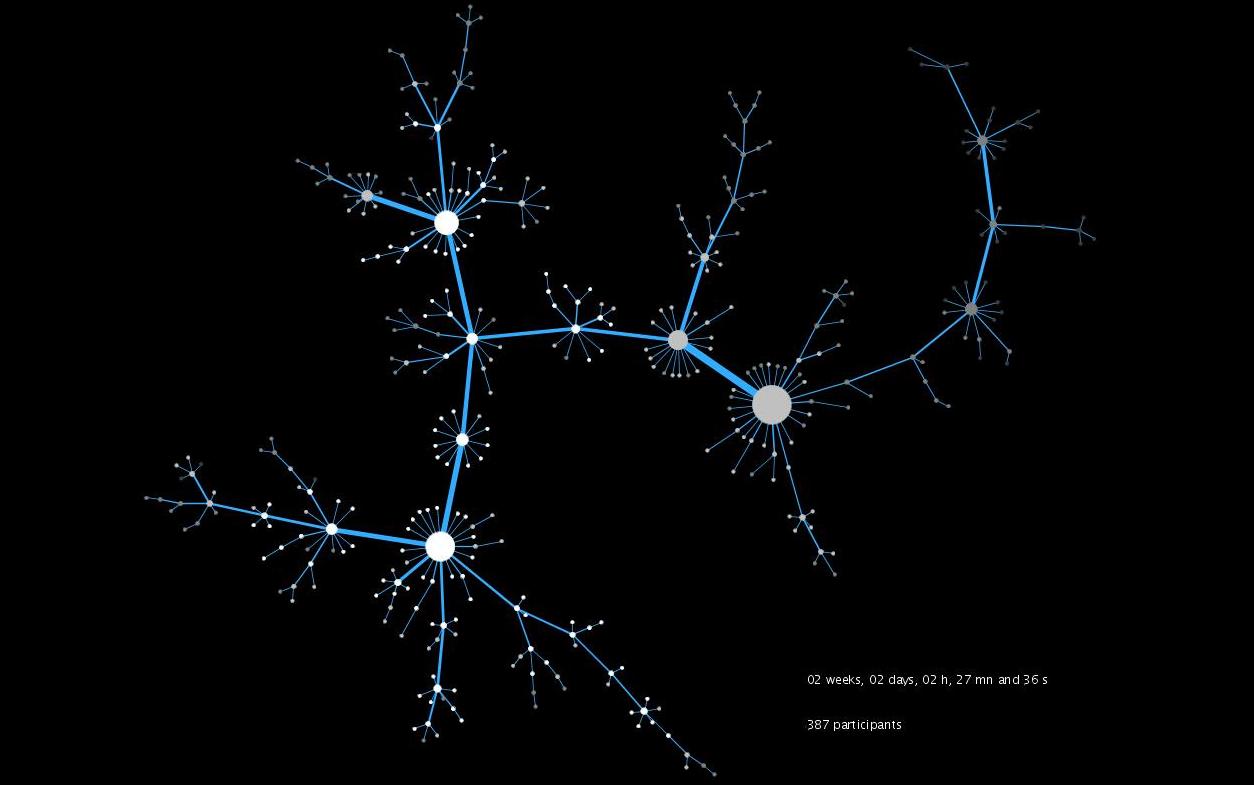Adrien Friggeri, Jean-Philippe Cointet and Matthieu Latapy
Complex Systems 19, 2011
We designed an experiment to observe a spreading phenomenon in the blogosphere. This experiment relies on a small applet that participants copy on their own web page. We present the obtained dataset, which we freely provide for study, and conduct basic analysis. We conclude that, despite the classical assumption, in this experiment famous blogs do not necessarily act as super spreaders.
